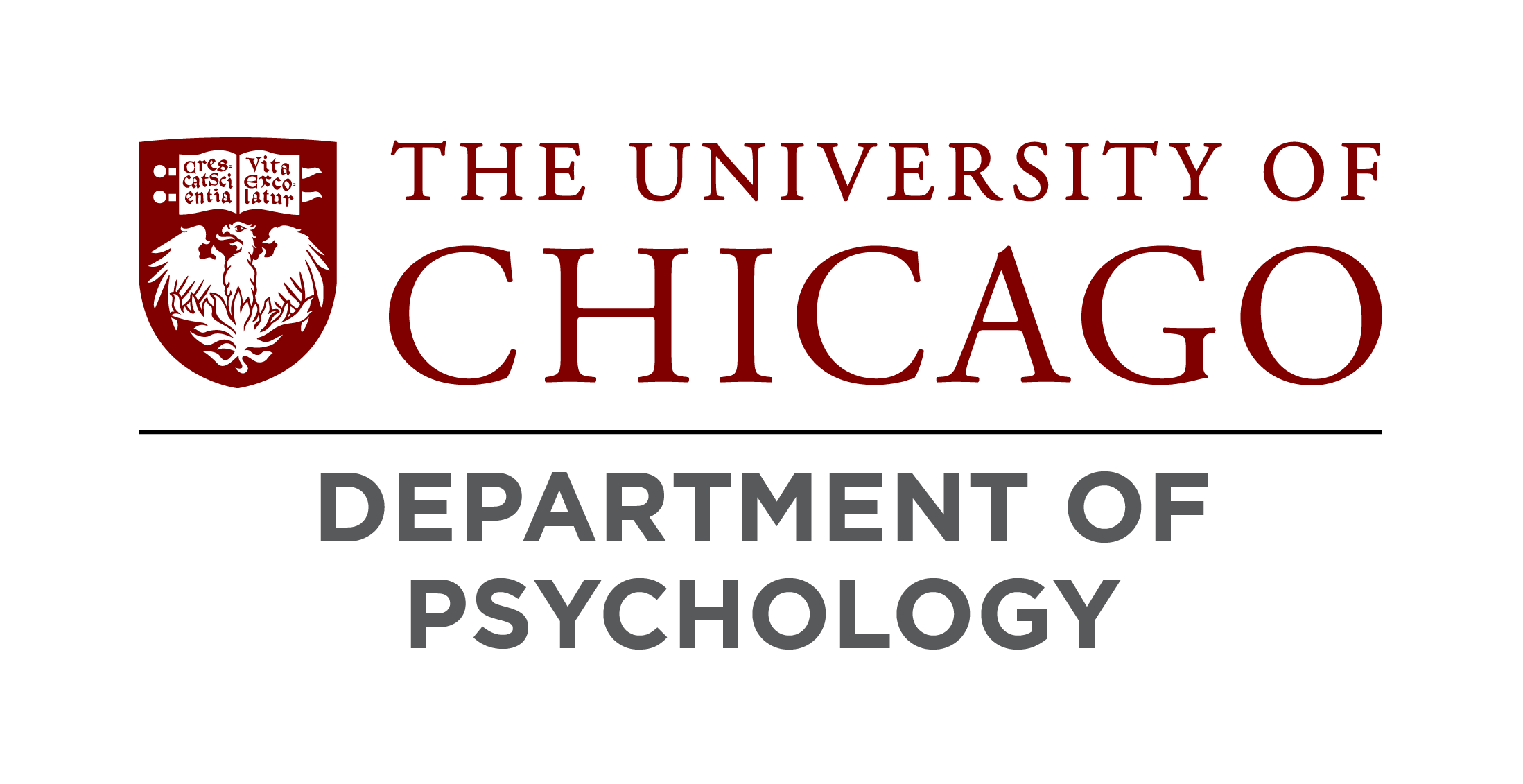New research explores what makes emotional memories stick

By Sarah Steimer
The Nature Human Behavior study combines fMRI data, natural language processing, and graph theory to show that emotion strengthens memory by changing how the whole brain works together.
We can think of emotional experiences as sticky, explains the study’s senior author Yuan Chang (YC) Leong, Assistant Professor in the Department of Psychology. These experiences tend to stay with us for a long time, often becoming the milestones of our lives — and highly negative memories can also become intrusive, coming to mind vividly and unexpectedly.
A new study published in Nature Human Behavior adds a new layer to our understanding of why emotional experiences are so sticky. The team, led by Psychology PhD student Jadyn Park, found that emotional arousal enhances memory encoding by strengthening cohesion across brain networks. Using fMRI during more natural, narrative settings, the researchers were able to track how emotional moments triggered a more “integrated” state in the brain, where different networks that usually play separate roles become more coordinated with one another.
Most prior research on emotional memory has used relatively simple stimuli, exploring reactions to single words or static pictures. But in everyday life, Leong notes, our memories come from complex, unfolding experiences, similar to a movie or a story. To further existing work on memory, the researchers wanted to understand how emotional arousal shapes memory in more natural settings.
They also wanted to look beyond individual brain regions, as prior studies focused heavily on areas like the amygdala and hippocampus. The team — which also included Kruthi Gollapudi BA ’25 and Jin Ke MA ’22 — suspected that increased integration across the brain plays a role in cementing a memory into the brain, making it more memorable.
The study combined existing fMRI datasets across institutions and sites to create a large sample. This brain imaging method allows researchers to measure the whole brain at once, giving them a more comprehensive picture of the areas and connections stimulated as study participants watched movie clips and listened to stories.
The researchers used three different methods to determine how emotionally salient various naturalistic stimuli were. They asked people to subjectively rate how emotionally arousing a particular scene was, they used a large language model to gauge how arousing scenes were, and they measured people’s pupil dilation as a physiological measure of arousal.
The researchers used the mathematical framework of graph theory to show that emotion strengthens memory by changing how the whole brain works together, versus just individual parts The team found that when participants were watching highly arousing scenes, the brain shifted into a more integrated state. In turn, this increased integration predicted how well people then remembered the scene.
“Think of the brain as an orchestra made up of many different sections. Sometimes they play separately, and other times they come together in harmony — what we call an integrated state,” Leong explains. “Emotional arousal helps conduct this orchestra, bringing the sections together, and when that happens, our memories become more lasting”.
The findings could lead to medical interventions that could make memories more or less sticky. By stimulating or suppressing the parts of the brain network that function as the “bridges,” there’s an opportunity to increase or decrease the level of integration in the brain that strengthens memory.
"We found that when participants are experiencing these highly emotional events, diverse brain regions tend to be more coordinated with one another, or are more integrated,” Park says. “If we can deliberately disrupt or enhance that integration, it may open the door to interventions that help weaken traumatic memories.”
More practically, the study offers a new set of tools to probe memories in different ways. It marks a major step in allowing researchers to better measure what makes emotional memories sticky.
 THE UNIVERSITY OF CHICAGO
THE UNIVERSITY OF CHICAGO

